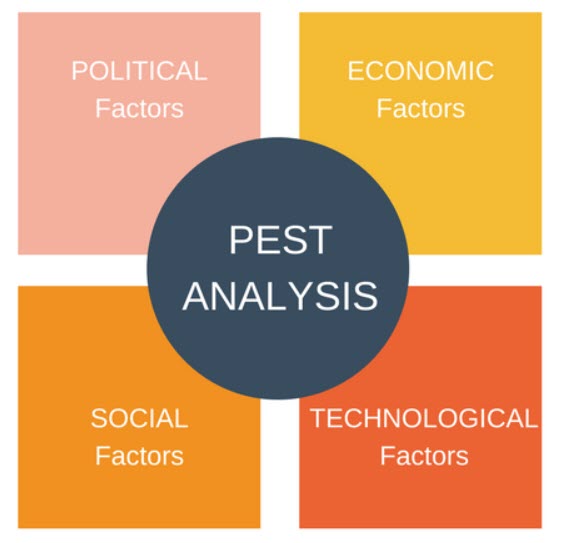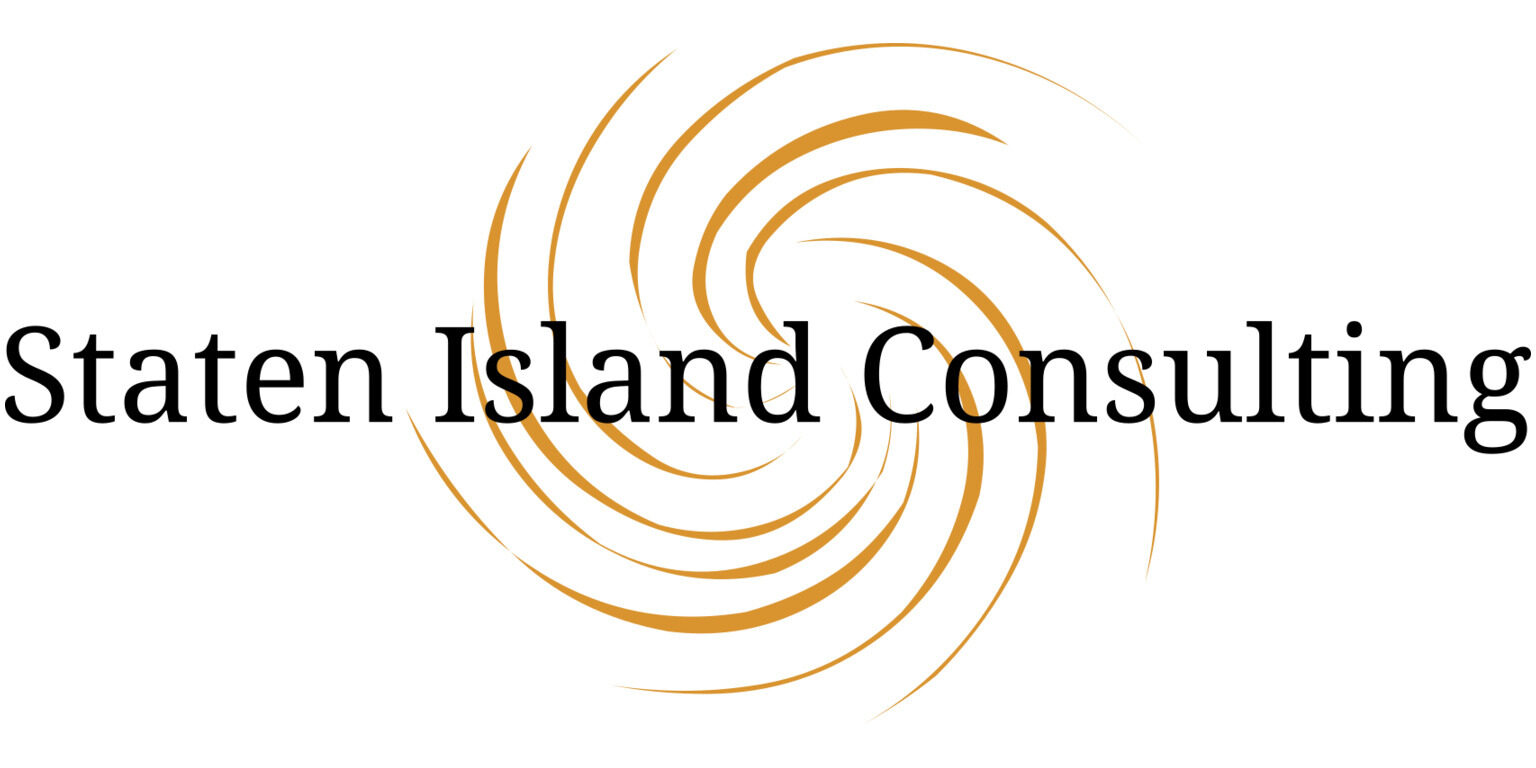Consultative Frameworks
Staten Island Consulting will use various frameworks to help analyze your business issues or pain points. Business frameworks will help articulate goals with strong business writing and develop a blueprint for success. Staten Island Consulting will take a broader conceptual framework and scale it to fit your needs. Below are the popular frameworks we will use to assist you:
Porter’s Five Forces Framework

Developed by Michael E. Porter, Porter’s five forces is a framework for industry analysis that is used as an input to a strategic plan. Power is a key element in you and your client’s success. To sustain profitability and a competitive position you want to balance the power in your favor. Porter’s Five Forces is a useful tool in helping you to under both the power of your current competitive position and a planned position.
The five competitive forces that influence profitability in any industry are outlined in Porter’s model:
- Competitor rivalry
- The bargaining power of buyers
- The bargaining power of suppliers
- The threat of new entrants
- The threat of substitute offerings
Benchmarking
Benchmarking is the process of comparing your company metrics to the metrics of your industry competitors or to those of innovative companies outside the industry.
Common metrics for benchmarking include:
- Revenues
- Production costs
- Employee turnover
- Process cycle time
Balanced Scorecard

The balanced scorecard is a framework for tracking important aspects of company strategy and for facilitating organizational improvement or change. It measures metrics beyond typical financial metrics to help companies keep long-term strategic goals in focus and spot trouble before it appears in the financial statements.
The scorecard is a comprehensive and quantitative set of objectives that can be measured over time. Common components include:
- Revenues
- Earnings
- Market share
- Quality
- Employee morale
- Customer satisfaction metrics
Core Competencies

The process of identifying your company’s core competencies helps you define your company’s positioning and competitive advantage. A core competency is a proficiency in an area that is not easily replicated by competitors. It allows your company to deliver unique value to customers, thus giving the company a “leg up” on the competition. One example is how the employees and unique culture of Southwest Airlines allows them to provide better customer service and faster turnaround times for planes.
The 3 C’s: Corporation, Competition, and Customer
The 3C’s model is a classic strategy model. Whether you are a management consultant hired to improve costs or a technology consultant tasked with adding infrastructure, the 3C’s model can support analyzing intrinsic and extrinsic factors to develop sustainable solutions.

SWOT Matrix
The SWOT Analysis framework is used to evaluate the Strengths (S), Weaknesses (W), Opportunities (O) and Threats (T) of a venture or project.
PEST Analysis
PEST helps you understand the broader Political, Economic, Socio-Cultural and Technological environment in which you operate.

BCG Matrix

The BCG Growth-Share Matrix provides a framework for deciding how to use resources. It is also helpful in assessing each product or business units’ ability to continuously generate profit.
McKinsey 75
The McKinsey 7S Framework is a good tool to help you find and fix internal organizational problems. Whatever the type of change – restructuring, new processes, organizational merger, new systems, change of leadership, and so on – the model can be used to understand how the organizational elements are interrelated, and so ensure that the wider impact of changes made in one area is taken into consideration.

MECE
The MECE Framework helps you to break problems down into distinct categories, making it easier to assess both the problem and the proposed solutions.

